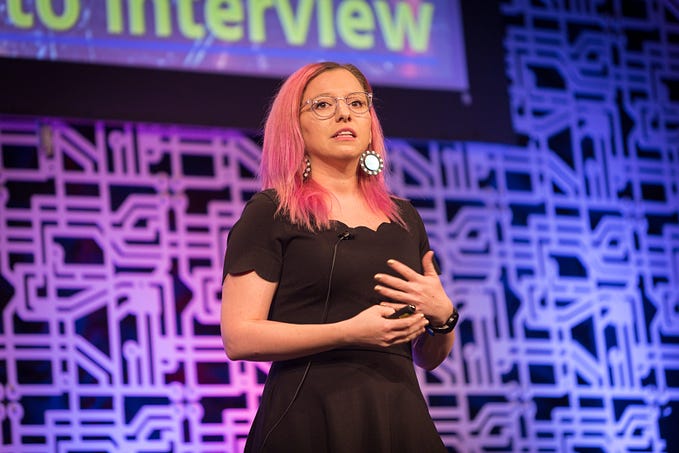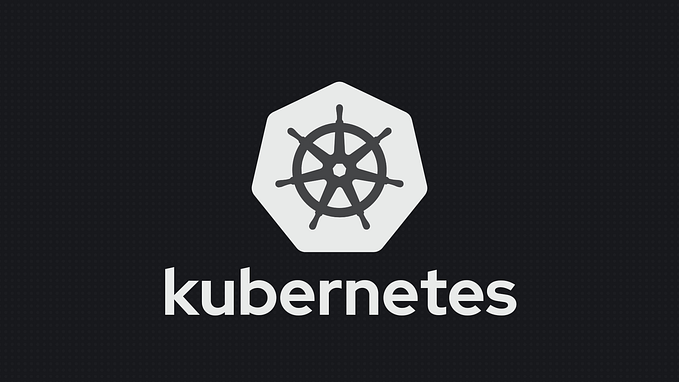The Ultimate Guide To Memorable Tech Talks — Part 1: An Introduction
Highlights of my journey into technical public speaking

This is Part 1 of a multi-part Guide to Memorable Tech Talks. Visit the outline for more information.
Key Takeaways
- About my journey into public speaking.
- Find supportive friends, co-workers, and allies to push you outside of your comfort zone.
- Once you get started, keep up momentum.
Off the cuff, I asked Twitter a question to see if a few folks might be interested in learning about my process for writing and delivering technical conference talks.
Instead of a few likes, I got a roaring response. The question got almost 2,000 likes in two days. I had no choice but to deliver.
A little about my journey: I went from speaking at small Meetups to my first conference keynote in approximately four years. During this time I’ve made a lot of mistakes.
My coworker Bryan likes to say, “We didn’t learn to walk by getting up and marching across the room. We fall on our faces plenty of times before we were able to take our first few steps.” Success doesn’t happen overnight, and it won’t be handed to you on a silver platter unless you put in the work. My road to being a successful speaker was a rough one, full of potholes. I’ve had a lot of setbacks and made a lot of mistakes along the way. Consider this blog post cheat mode, a way for you to have a head start by learning from my mistakes, so that you, in turn, can make your own.
Keep in mind that the advice I’m offering is not one size fits all. This is just a collection of what works for me. Adapt it to fit your own situation.
Public speaking certainly isn’t easy for me. I’m awkward, English is my second language, and I trip over my words frequently. When I went to PyCon Canada in 2013, I was completely in awe of the brilliant speakers. That year I saw Jacob Kaplan-Moss do an inspirational keynote, Brandon Rhodes talk about API design for his pure-Python astronomy library, and Julia Evans speak about using open data to analyze Montréal’s bike paths. They were amazing, and I looked up at them on the conference stage hoping that one day, I too could have the skills and knowledge to speak about technical topics confidently.
At the time, I had spoken at a few Meetups, but the thought of public speaking, especially to a group of engineers (that I assumed knew more than me), absolutely terrified me. I shared that thought with a few friends, and that got their wheels spinning. They realized that someone had dropped out of a planned five-minute lightning talk, so they wrote my name down instead. They found me and told me that I had an hour to put together my presentation.
I freaked out. I was scared, nervous, and anxious. I had no idea what to talk about, but I pulled up my laptop, opened Mac OS Keynote, and wrote down the first thing that came to mind. I gathered my laptop and made my way to the stage. My talk wasn’t great. I was visibly shaking, and the microphone got stuck in my hair when I took it off while trying to escape from the podium.
Regardless of how poorly I thought it went, people clapped anyway. Some of those people came to find me after the talk to ask questions. About two hours after, I finally exhaled, shook out my nerves, and realized what had happened wasn’t so bad. I had so many unfounded fears swimming through my head. I thought I was actually going to die, but I didn’t. The worst thing I imagined happening didn’t. I had survived, and here I was, still breathing. That was a good sign.
Then I presented a tech talk again, and again, and again.

I took the momentum from that lighting talk, and gave two talks at DjangoCon in 2014, followed by my first talk at PyCon US 2015 on the topic of technical debt. Since then, I’ve done dozens of talks around the US and internationally. My path from speaking at Meetups to my first keynote took four years. It took a lot of hard work and a very long time.
You can watch a selection of my talks here. My talk on intermediate Python language features was the 3rd most popular of PyCon US 2018 based on YouTube views. It’s been watched 25,000 times to date. I’ve keynoted Web Expo in Prague, PyCon Russia, PyParis, and All Things Open. I’ve become more comfortable on a stage, but, most importantly, I’ve learned to recover from mistakes.
I recognize that I was incredibly lucky. Not everyone has supportive friends and allies to push them into new, bold, and uncomfortable experiences. That’s why I’m writing this post. I believe in you and your skills. I think everyone has something interesting to share on a conference stage no matter their skill level.
If this article inspired you to speak or if any of the tips helped you deliver conference talks, I’d love to hear from you. Please tweet or DM me at @nnja.
Continue to Part 2: Choosing a Topic and a Conference
Skip to:
- Introduction — About me and my journey through technical public speaking.
- Choosing a Topic — Selecting a topic you’d like to speak about.
- Writing a Conference Proposal (or CFP) — A guide to writing and submitting conference talk proposals.
- Tools of the Trade — Tools for brainstorming, creating slides, time-management, and more.
- Planning and Time Estimation — How to plan your preparation time before the conference.
- Writing a Talk — Writing an engaging talk and captivating slides.
- Practice and Delivery — Preparing for and delivering on the big day.






